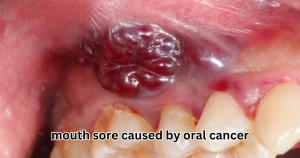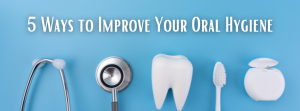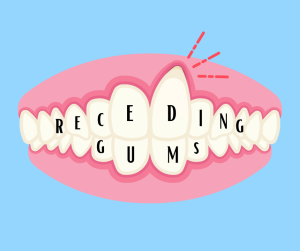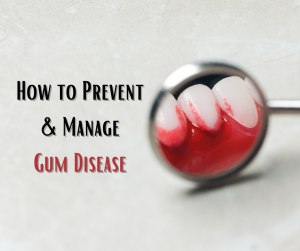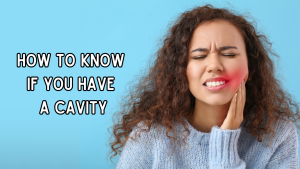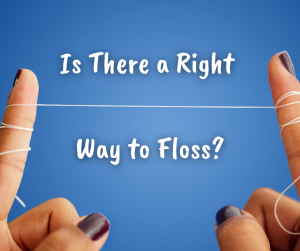The 4th of July is synonymous with celebration, fireworks, and of course, delicious food. However, many traditional 4th of July party foods can be detrimental to both dental health and overall well-being. From sugary drinks to sticky sweets, these indulgences can lead to cavities, gum disease, and affect your general health negatively. Luckily, there are plenty of flavorful alternatives that not only satisfy your cravings but also support your dental health and overall wellness. Let’s explore some healthier options to enjoy this Independence Day without compromising your smile.
1. Burgers and Hot Dogs
Grilling burgers and hot dogs is a staple of 4th of July festivities. While tasty, they are often high in saturated fats and can be harsh on your teeth. Consider these healthier alternatives:
- Turkey or Chicken Burgers: Lean meats like turkey or chicken are lower in saturated fats compared to beef. They also provide high-quality protein essential for muscle and tissue repair.
- Veggie Burgers: Plant-based burgers made from beans, lentils, or vegetables are a nutritious alternative. They are rich in fiber, vitamins, and minerals while being lower in fat.
- Grilled Chicken Sausages: Opt for grilled chicken sausages instead of your usual pork or beef hot dog. Chicken is leaner than pork and beef and better for your heart health and overall well-being.
2. Snacks and Appetizers
Snacks and appetizers typically include chips, dips, and other crunchy, salty treats. Try these healthier alternatives:
- Veggies and Blue Cheese Dip: This is a fun one! Chop up some red peppers and cauliflower and serve with a side of blue cheese dip. Add a few drops of blue food coloring to the blue cheese dip and now you have… well… “blue” cheese dip!
- Hummus and Whole Grain Crackers: Hummus, a protein-packed dip made from chickpeas, complements whole grain crackers for a satisfying snack.
- Mixed Nuts: Almonds, walnuts, and pistachios provide healthy fats, protein, and fiber in a nutrient-dense snack.
3. Drinks
Sugary drinks and cocktails are often consumed in excess during Fourth of July celebrations. Opt for these healthier drink options:
- Infused Sparkling Water: Add blueberries and raspberries to sparkling water for a refreshing fruit spritzer. Add a muddled mint and lime to make it a refreshing mojito mocktail. This drink is hydrating and delicious without the added sugars.
- Red, White, and Blue Smoothie: Make 3 different smoothie blends: strawberry, banana, and blueberry. Pour them one by one into your smoothie glass to create a red, white, and blue layering effect. Top with fresh strawberries, blueberries, and coconut shavings.
4. Desserts
Fourth of July desserts are often loaded with sugar and other unhealthy additives. For these desserts, blueberries, raspberries, and strawberries will be your best friends:
- Fruit Popsicles: Make homemade popsicles with pureed fruits like raspberries and blueberries and mix them with a coconut liquid base for that signature red, white, and blue gradient. You can add raw organic honey, vanilla, and salt to taste. They are naturally sweet and free from added sugars.
- Greek Yogurt Parfait: Layer Greek yogurt with fresh blueberries and raspberries, and a sprinkle of nuts or granola for a nutritious and satisfyingly crunchy dessert.
- Berries and Whipped Cream: This is an easy one! All you need is fresh strawberries and blueberries to dip and a side of whipped cream. Opt for a sugarfree whipped cream to avoid any added sugars.
Tips for Maintaining Dental Health During Fourth of July Celebrations:
- Drink Water: Stay hydrated with plenty of water throughout the day. Water washes away food particles and reduces acidity in your mouth.
- Brush and Floss: After indulging in Fourth of July treats, brush for two minutes twice daily and floss daily to remove plaque and prevent cavities.
- Limit Sugary Foods: Enjoy sugary foods and drinks in moderation. Opt for healthier alternatives to satisfy your sweet tooth.
This Fourth of July, celebrate with delicious and nutritious alternatives that support your dental health and overall well-being. By making mindful choices and incorporating healthier options into your celebrations, you can enjoy the holiday while taking care of your smile. Remember, good dental habits combined with a balanced diet contribute to a healthier mouth and a happier you all year round. Cheers to a happy and healthy Independence Day!





